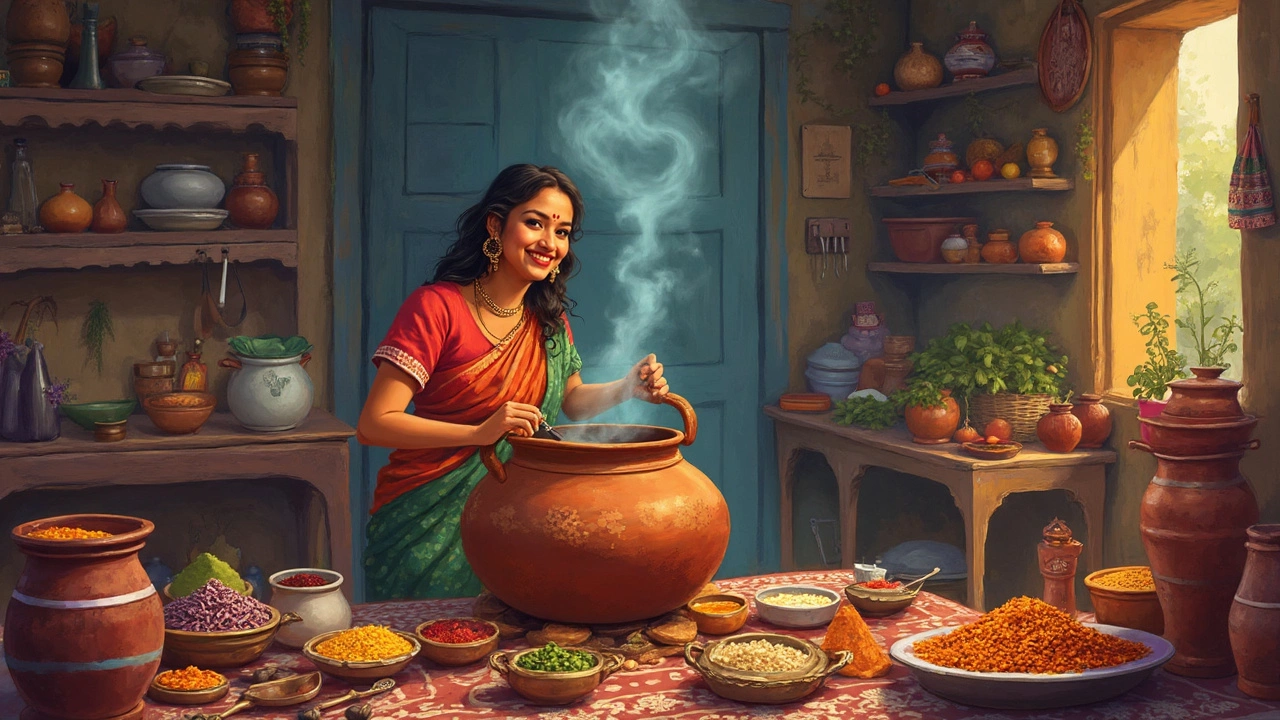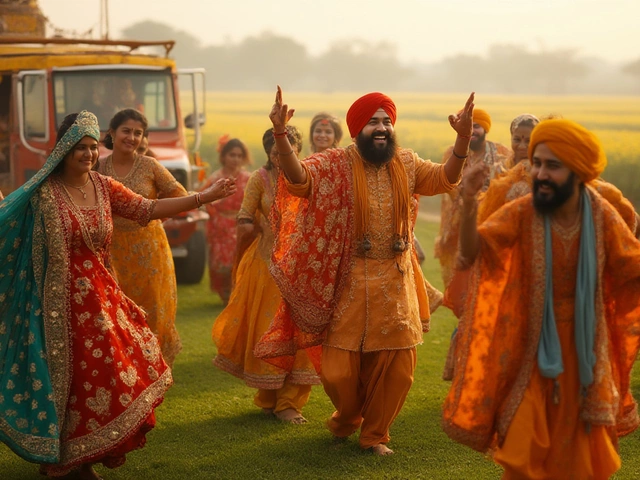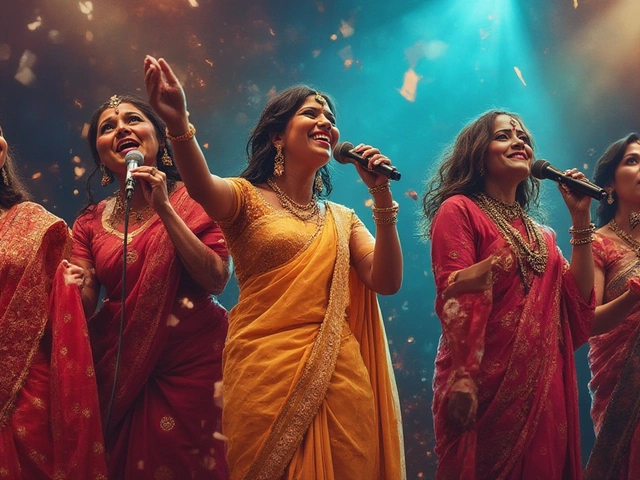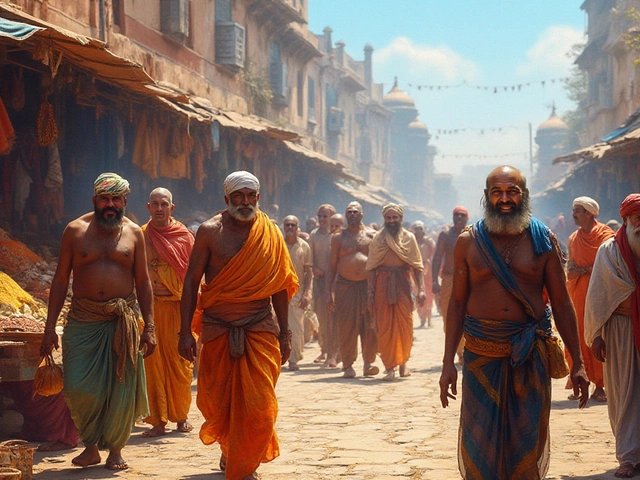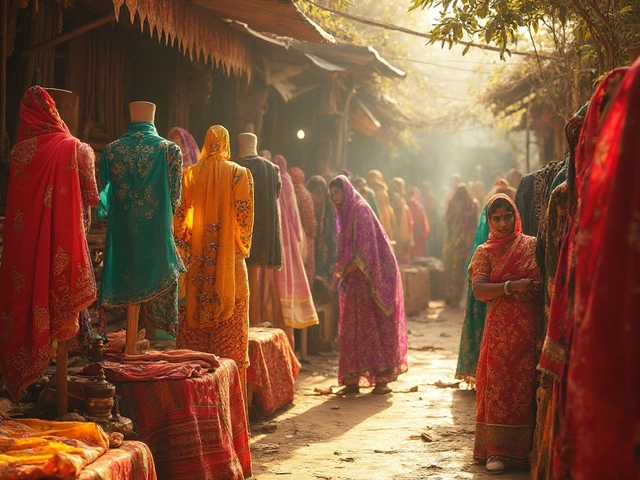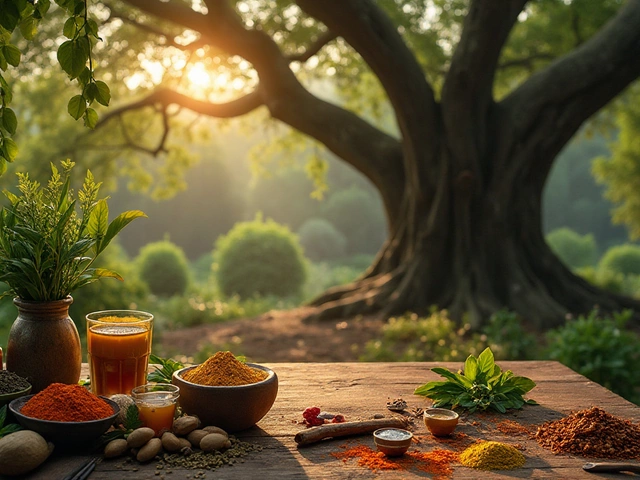Ever wondered what dish captures the essence of Gujarat in a single bite? It's khichdi. Yeah, I know, it might seem surprising for a simple mix of rice and lentils to hold such esteem. But trust me, there's magic in that simplicity.
Khichdi isn't just about ingredients; it's about culture woven into a meal. Picture this: ancient India, travelers, and traders exchanging stories and recipes. That's how khichdi spread across regions and gained popularity far and wide. This humble dish managed to win the hearts of Gujarati folks, becoming a staple in their kitchens and a symbol of warmth and comfort.
Now, why's it the national dish of Gujarat? Well, it's nutritious, easy to cook, and fills the belly with delight. Plus, everyone has their twist on it. Imagine your grandma making it thick like pudding, but your friend's mom adds a hint of spice to jazz things up. That's the beauty of it - endless possibilities.
- Origins of Khichdi
- Why Khichdi is Gujarat's National Dish
- Cultural Significance and Variations
- Tips for Making Perfect Khichdi
Origins of Khichdi
Alright, let's dig into where this beloved dish originally came from. The story of Khichdi goes way back to ancient times. It's said that the earliest mentions can be found in texts dating back to 300 B.C. Pretty wild, right? Time to put on our history hats for a bit.
Back in those days, staple foods were essential, and people needed something that was easy to cook and gave instant energy. Enter khichdi, with its super simple mix of rice and lentils. It was the perfect match. People back then didn't have the fancy tools we have today, but they made do and whipped up this comforting dish over open fires.
Throughout history, khichdi has been a part of many cultures. It’s mentioned in the accounts of Venetian explorer Marco Polo, who traveled through India. This dish has transcended borders because it was not only tasty but also adaptable. Those traveling traders might throw in some local spices for flair – making it more interesting and diverse.
In India, khichdi found its cozy spot in many states, especially in Gujarat. Gujarati folks embraced it because it suited their vegetarian lifestyles while being hearty and wholesome. It was a part of the regular rotation in households, especially during festivities and fasts.
So, there you have it. From ancient times to now, khichdi hasn’t just survived but thrived, becoming a Gujarat food staple that represents comfort, nostalgia, and diversity.
Why Khichdi is Gujarat's National Dish
So, why does khichdi hold such a special spot in Gujarat? It's not just about the taste, though that's a big part of it. Let's dig into why this dish has got the title of the national food.
First off, Gujarat thrives on vegetarian food, and khichdi fits right into that lifestyle. It's a hearty mix of rice and lentils, making it super wholesome and satisfying. Plus, it's easy to whip up even on a busy day. That's probably why you see it so often in Gujarati homes.
It's more than just a regular meal; it's a comfort food, almost like a warm hug on a tough day. Families often gather around a big bowl of it during lunch or dinner, adding to the dish's emotional value. It's not uncommon to find it served during special festivals or fast-breaking meals in Gujarati cuisine.
And let's not forget the variety. Different regions and communities have their unique tweaks on the dish. For instance, while some might add more ghee for richness, others might toss in vegetables for extra nutrition. This adaptability means it can suit just about anyone's palate.
Then there's the health angle. Packed with proteins and carbs, it's a nutritious dish that has been a part of Indian diets since forever. This balance makes it ideal for all age groups - be it a toddler or the elderly.
Interestingly, in 2017, India even celebrated 'Khichdi Day' to recognize this masterpiece as a comfort food across the nation, although it's most closely associated with Gujarat. It's safe to say that in the land of spices and flavors, khichdi stands out as a dish of unity and simplicity.
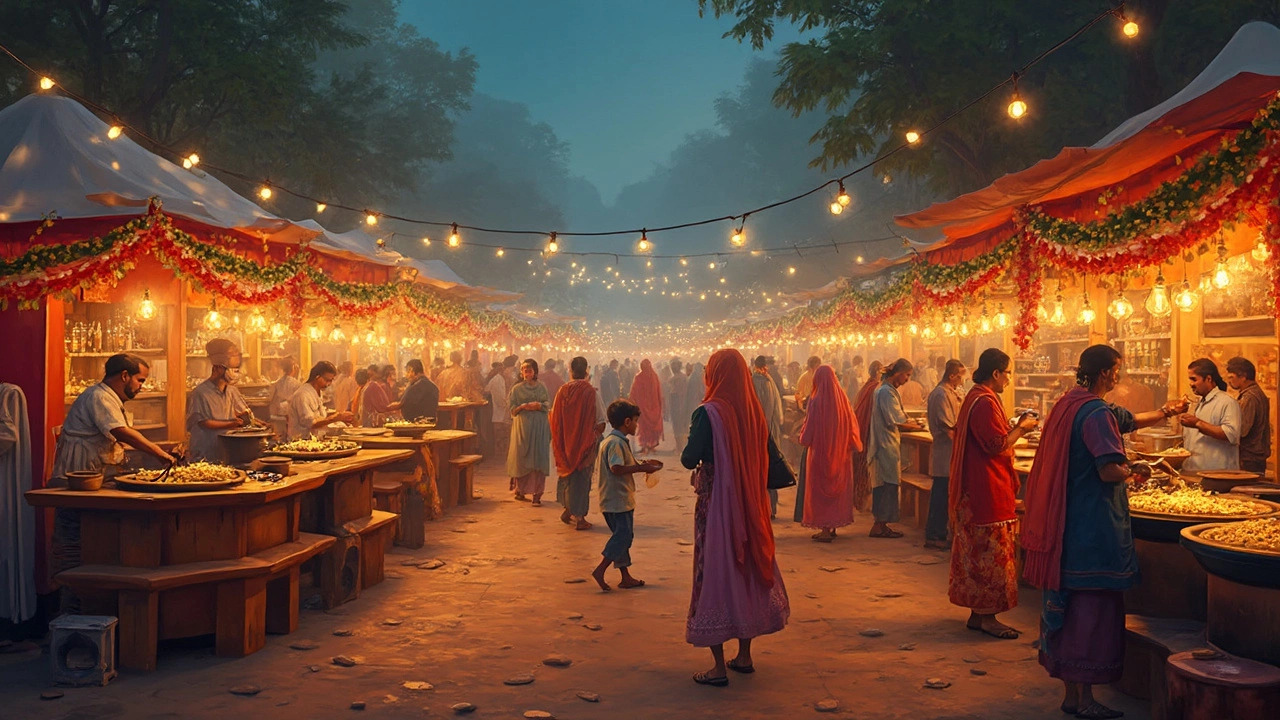
Cultural Significance and Variations
Khichdi isn't just food in Gujarati cuisine; it's practically a way of life. Imagine every Gujarati family with its own unique recipe, passed down through generations like a treasured secret. This dish is a staple for all, from grand feasts to the simplest dinners. It's the ultimate comfort food, like the Indian version of chicken soup.
What's fascinating is how khichdi adapts to different occasions and dietary needs. On Makar Sankranti, a major festival in Gujarat, people often make special versions of khichdi with ghee, spices, and sometimes even sugar, turning a simple dish into something celebratory. It’s like having a festive dessert that’s not too sweet but dripping with culture and tradition.
You're also likely to come across a variety of khichdi styles that show the region's diversity. Some add vegetables like peas and carrots for a pop of color and nutrition, while others might toss in generous amounts of spices to add heat and flavor. Then there's moong dal khichdi, which uses split yellow mung beans, making it extra light and easy to digest. Each version, whether laden with spices or plain, has fans who swear by its taste.
For a healthier twist, it's not uncommon to find khichdi made with brown rice or quinoa these days. It's amazing how such a traditional dish evolves yet stays true to its roots, staying on the menu even in modern times.
So, if you ever find yourself in Gujarat, don’t miss trying out the local versions of khichdi. It's not just a meal; it's like getting a warm hug from the region's rich history and culture. And who wouldn't want a taste of that?
Tips for Making Perfect Khichdi
Alright, so you're ready to whip up some khichdi in your kitchen, huh? Great choice! This dish is all about balancing simplicity with flavor. Let’s break it down step-by-step.
First things first, it's crucial to pick the right ingredients. Go for good quality rice and lentils. Most people love using basmati rice paired with moong dal, but feel free to experiment with whatever you have at hand. Want a little bite? Try adding some veggies like peas, carrots, or potatoes.
Here’s how to nail the texture:
- Rinse your rice and dal a couple of times until the water runs clear. This helps get rid of starch and prevents a sticky mess.
- Soak them for about 20-30 minutes. Trust me, it’ll make all the difference in cooking time and texture.
- In a pot, heat some ghee or oil. Toss in cumin seeds, a pinch of asafoetida, and curry leaves if you like. Sauté until aromatic.
- Add your soaked rice and lentils, stirring for a minute before throwing in your chopped veggies.
- Pour in water. Now, the water-to-rice-and-dal ratio is key. Typically, a 4:1 ratio works wonders for that slightly runny consistency.
- Bring it to a boil, then simmer it until everything is soft and mushy. Don't forget to season it!
Looking to make it extra comforting? Serve your khichdi with a dollop of homemade ghee and a side of spicy pickle or crispy papad. Talk about a flavor explosion!
Let’s not forget the health perks. Gujarati cuisine often highlights nutritional balance, and khichdi is a textbook example. It’s a great source of protein, carbs, and fiber, making it perfect for all ages, including seniors and kids. In fact, some say hospitals in India use khichdi as a healing food for patients due to its easy digestibility.
Take these tips and make your kitchen smell like a Gujarat food corner. Happy cooking!
